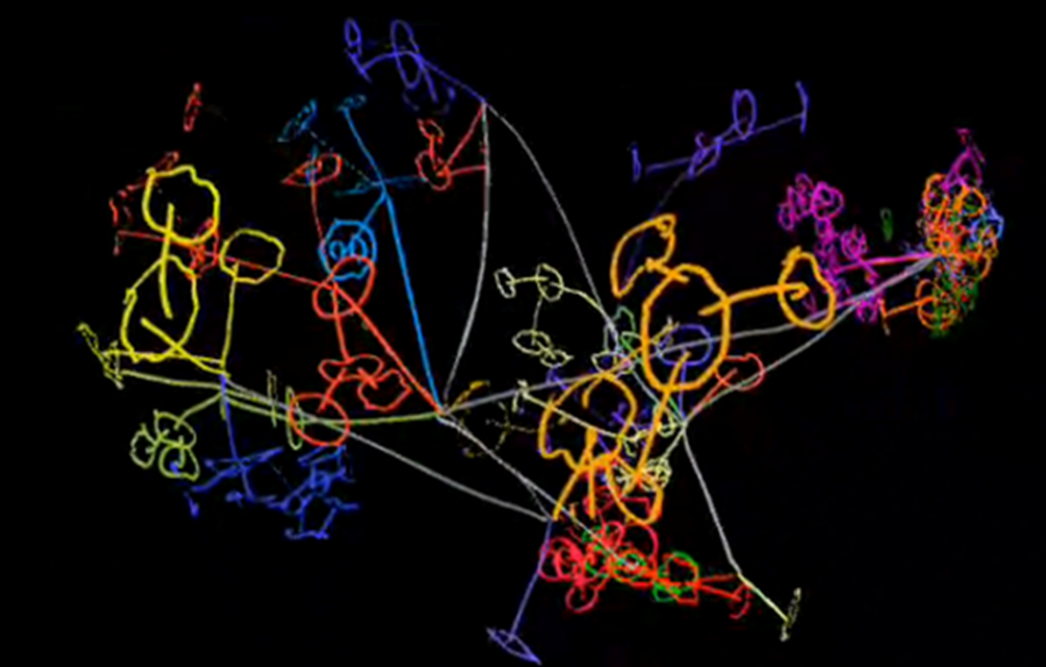If nothing can happen without the right conditions for it to happen, and if those conditions can be (observed / measured) and modelled, then surely with enough data we should live in a predictive universe. Especially when what we call randomness does not exist, but it is simply data and activity that is beyond a threshold which we cannot measure and calculate.
This brings us to the point, that nothing can occur without the right conditions and circumstances for it to occur. You can’t eat what is not there to eat, you can’t see what is not there to see, and you can’t decide when there are no choices available to you.
Hence – Nothing occurs without an opportunity for it to occur.
So why are people so surprised by the existence of things, or when events occur? Especially when after we hear or experience them. Why do we have these Eureka moments what usually end up with us thinking, ‘Oh that’s right, why didn’t I see coming?’
Since the development of any level of cognition on the planet earth, predicting the future was at first a purely a survival tool. Through observing and identifying patterns and linkages, this tool went beyond day-to-day survival to be integrated into almost every part of our daily life. From our daily work, recreation, and entertainment. But yet over all this time and thought power, we still haven’t found answer. How do we interconnect everything, and understand everything, to be able to model and predict everything. What are the features that link everything, connect everything, and we can use to predict everything.
Many people over time have tried to interconnect the universe like (Aristotle, Bohr, Copernicus, Darwin, Descartes, Einstein, Feynman, Freud, Galileo, Hawking, Hegel, Heisenberg, Hubble, Kant, Locke, lovelock, Maxwell, Planck, Plato, Ptolemy, Reza, Schrödinger, Socrates). While all their endeavours have led to some amazing discoveries, none of these people were able to reach the end goal, of discovering a group of commonality features.
Each of them tried their work to the objective physical observable world alone and ignored the subjective cognitive world. They were being too practical by using a concrete approach rather than an abstract approach. They used crisp logic rather than fuzzy logic. So, I believe that while they all contributed part of the key to unlocking the door of interconnectability of all things both physical and cognitive. The problem as I see it is that each theory / model fell short because they didn’t include the abstract. The maths of the times was not up to the level required, and they also didn’t have access to the computers needed for such modelling.
I considered their approaches and I decided that they needed a totally new approach to the problem. To develop this new approach, I use an abstract approach to represent the real world. Then the content is processed within this methodology and then translated back to reality, the same way that the logarithm used in maths. In my methodology everything which includes (beings, objects, systems, activities, thoughts, and constructs) are all equally represented within the methodology and in status. These are called Omnisignatures. It is there in combinations, complexity, and their memberships which determine their roles and contribution to that specific slice of relativity.

